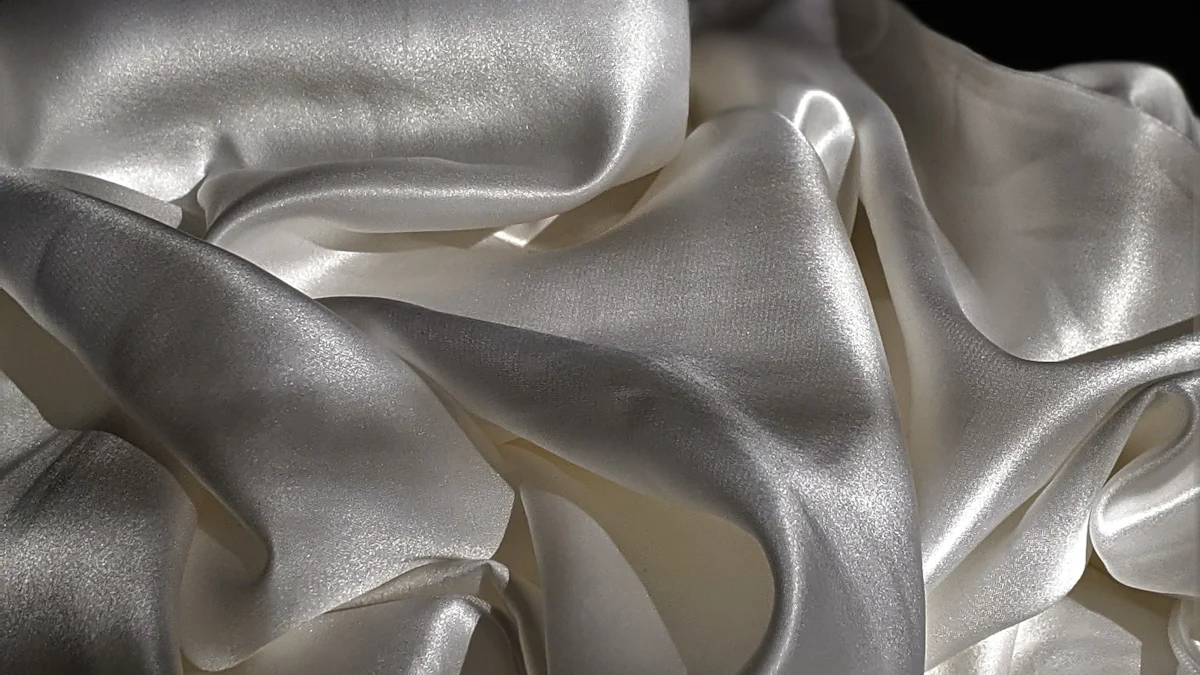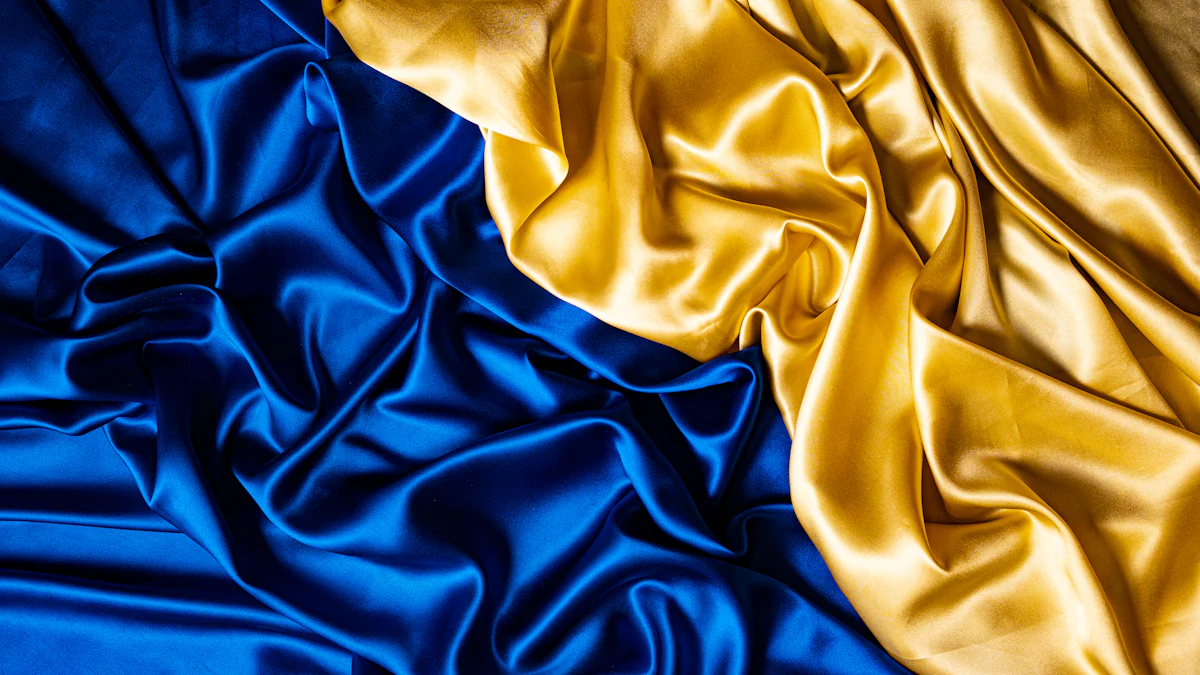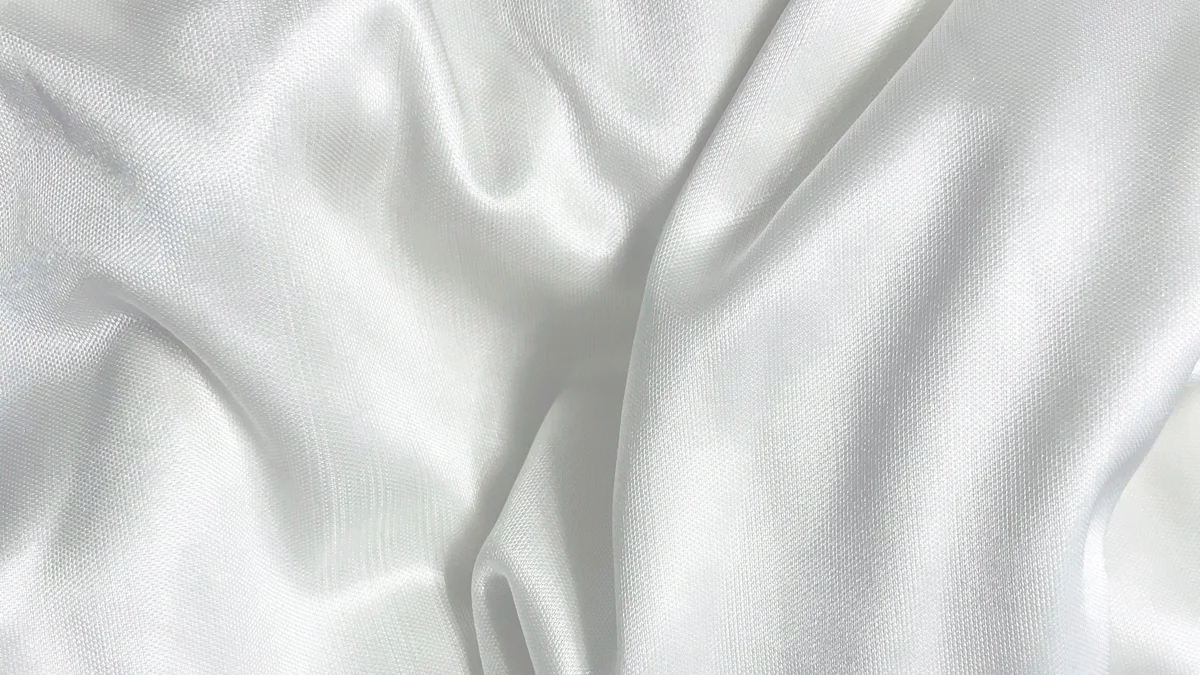
Silk pillowcases, a favorite among many, offer a luxurious touch to your bedtime routine. The ultra-smooth surface of silk pillowcases not only enhances your sleep experience but also provides remarkable benefits for your hair and skin. By reducing friction as you rest, these pillowcases help prevent bedhead and minimize the chances of waking up with frizzy hair. Recognized for their beauty advantages, silk pillowcases allow your skin and hair to effortlessly glide over the fabric, promoting a smoother appearance in the morning. Identifying genuine silk is crucial to fully enjoy these benefits.
Understanding Silk

What is Silk?
Silk, a luxurious fabric with a rich history, originates from the silkworm’s cocoon. The intricate production process involves carefully unraveling these cocoons to extract the fine threads that compose silk. Various types of silk exist, each distinguished by unique characteristics and qualities.
Benefits of Silk Pillowcases
Silk pillowcases offer a myriad of benefits that cater to both your skin and hair needs. The smooth texture of silk pillowcases reduces friction against your skin, preventing sleep lines and potential skin irritations. Moreover, the gentle surface helps retain moisture, promoting healthier skin overnight. For your hair, silk minimizes breakage by allowing it to glide effortlessly without tangling. Additionally, the breathable nature of silk enhances overall sleep quality by regulating temperature and providing a comfortable sleeping environment.
Methods to Identify Real Silk

The Burn Test
To determine if a silk pillowcase is authentic, you can conduct the burn test. When real silk is exposed to flame, it burns slowly and irregularly, leaving behind ashes that resemble burnt hair. In contrast, fake silk will melt like plastic when subjected to a flame.
How to perform the burn test
- **Prepare a small sample of the fabric from an inconspicuous area.
- Use a lighter or match to carefully ignite the edge of the fabric.
- Observe how the fabric burns: real silk will burn slowly with a smell similar to burning hair, while fake silk will melt quickly like plastic.
- Examine the residue left after burning: genuine silk produces light ash that can be crushed into powder, whereas synthetic fabrics leave behind sticky residue.
- Remember that real silk should produce brittle ash that is crisp to touch.**
What to look for in the results
- **Real silk should create small, brittle ashes that are crushable into fine powder.
- Fake silk will form a sticky residue rather than ash after burning.**
The Touch Test
Another method to distinguish between real and fake silk is by examining their texture through the touch test.
Characteristics of real silk texture
- **Real silk feels smooth and luxurious to touch due to its fine fibers and natural sheen.
- Synthetic fabrics lack the same softness and may feel more artificial or rough compared to genuine silk.**
Differences between silk and synthetic fabrics
- **When rubbing real silk between your fingers, it generates warmth due to its natural properties.
- In contrast, synthetic materials do not produce warmth when rubbed together and may feel colder or less delicate than authentic silk.**
The Luster Test
The luster test involves assessing how light interacts with the fabric’s surface, aiding in identifying real silk based on its reflective properties.
How real silk reflects light
- **Genuine mulberry silk exhibits a subtle sheen when exposed to light, reflecting it in a unique manner that enhances its elegance.
- This distinctive luster sets apart real silk from synthetic imitations that may appear dull or overly shiny under similar lighting conditions.**
Comparing luster of real and fake silk
- **Authentic silk pillowcases will have a natural sheen caused by how their fibers reflect light, creating an iridescent effect that enhances their visual appeal.
- In contrast, counterfeit silks may lack this characteristic glow and instead appear flat or excessively glossy when viewed under different angles of light.**
The Price Factor
Typical price range for real silk pillowcases
- Real silk pillowcases can vary in price, with some premium brands offering them for nearly $90, reflecting the quality and authenticity of the silk used.
- Other reputable options may be available around the $20 mark, providing a more affordable yet genuine choice for those seeking the benefits of silk.
Why price can be an indicator
- When considering purchasing a silk pillowcase, the price can serve as a valuable indicator of its authenticity.
- Authentic silk’s intricate production process and luxurious properties often result in a higher price point compared to synthetic alternatives.
- By investing in a higher-priced silk pillowcase from trusted sources, you are more likely to experience the full range of benefits that genuine silk offers for your hair and skin health.
Additional Tips and Considerations
Checking the Label
When inspecting a silk pillowcase, it is essential to scrutinize the label for vital information that can indicate the authenticity of the silk.
- Look for specific details such as “genuine mulberry silk” to ensure you are purchasing a high-quality product.
- Avoid falling for misleading terms like “silky” or “silk feel,” which may not necessarily guarantee the presence of real silk.
Purchasing from Reputable Sources
Choosing where to buy your silk pillowcase plays a significant role in ensuring its authenticity and quality.
- Opt for trusted brands and retailers known for their genuine silk products, such as Quince offering a 100% Mulberry Silk Pillowcase crafted from 22 momme pure mulberry silk.
- Prioritize reviews and recommendations from other customers to guide your purchase decisions effectively.
Comparing Silk to Other Fabrics
Understanding the distinctions between silk and alternative fabrics like satin or polyester can aid in making an informed choice when selecting your pillowcase material.
Differences between silk and satin
- While both silk and satin offer a smooth texture, genuine silk stands out for its natural sheen, derived from the unique way its fibers reflect light.
- Satin, on the other hand, is typically made from synthetic materials like polyester, lacking the same luxurious qualities as authentic silk.
Differences between silk and polyester
- Authentic silk boasts exceptional softness and breathability, providing comfort while regulating temperature effortlessly.
- Polyester, commonly used in synthetic fabrics, may not offer the same benefits for skin and hair health due to its artificial nature.
Recap the burn test, touch test, and luster test methods to verify genuine silk. Consider the price factor as an indicator of authenticity. Prioritize labels stating “genuine mulberry silk” for quality assurance. Invest wisely in authentic silk pillowcases for lasting benefits. Explore reputable sources like Shhh Silk or Silky U for premium silk products. Make an informed choice and experience the luxury of real silk pillowcases from trusted brands like Wonderful Textile or Promeed. Enhance your beauty sleep with genuine silk pillowcases recommended by experts at Good Housekeeping and The Strategist.
Post time: Jun-29-2024
